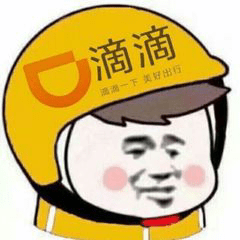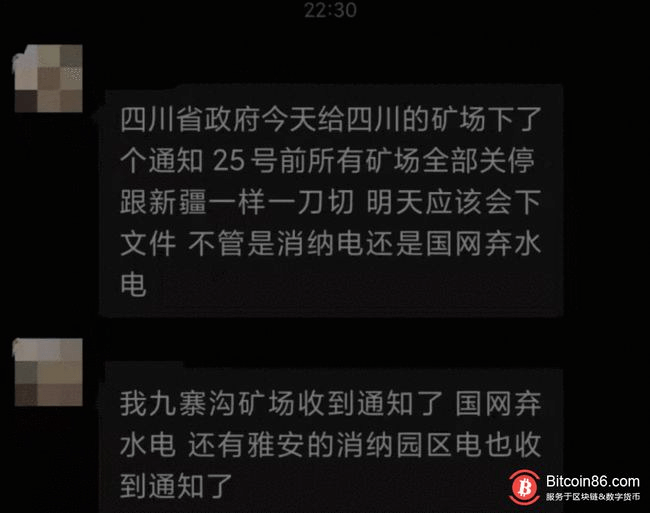 analysis
analysis
Rising producer prices “Hidden inflation” as a warning sign
As of: 06/09/2021 1:32 p.m.
In China, producer prices have risen faster than they have been in 13 years. In Germany, too, inflationary pressure from producers is growing. When will consumers feel this? From Angela Göpfert, tagesschau.de In China, producer prices rose by 9.0 percent in May, the strongest they have been since 2008. Anyone who thinks what is happening in China does not affect the German consumer is wrong. As far away as China may feel for some German consumers: The fresh data from China are fueling the inflation debate in this country, as they reveal a problem that Germany and the euro zone are also facing.
“Hidden inflation” also in Germany
In April, producer prices in the Federal Republic of Germany soared by 5.2 percent compared to the same month last year. That was the highest increase since August 2011, when prices rose sharply after the financial and economic crisis. The producer prices are considered to be an important leading indicator for the development of consumer prices. They usually only meet with far less media interest, which is why they are sometimes referred to as “hidden inflation”.
Energy prices as a driver of inflation
So the crucial question is: Will producer price inflation also reach consumers? So far, not much of that has been felt. In April consumer prices in Germany climbed by 2.0 percent compared to the same month last year. Around half of this increase was due to the rise in energy prices. A look at the recent past of the German economy also shows that consumer prices have mostly only increased significantly at a much slower pace when producer prices have risen similarly. The producer price inflation was therefore only to a small extent reflected in rising consumer prices.
Consumers have saved a lot of money
But this time everything could be different. The reason is a special effect of the corona pandemic, which has never come to fruition in this pronounced form: the deferred demand. “The corona pandemic inhibited private demand for months and led to a kind of compulsory saving. The savings surplus now amounts to over 150 billion euros and is likely to rise to around 200 billion euros by the end of 2021,” said LBBW economist Jens-Oliver Niklasch across from tagesschau.de . This corresponds to a potential increase in consumer demand of up to 17 percent compared to the pre-Corona year 2019.
Companies can pass on more costs
“If we open everything now, then this strong additional demand will meet an offer that has become more expensive in terms of costs. The probability is correspondingly high that the companies will be able to pass on a larger part of the costs,” says Niklasch. Michael Holstein, chief economist at DZ Bank, is convinced that “the manufacturing companies will certainly try to pass on part of their cost increase to their customers.”
Savers are actually expropriated
Against this background, LBBW economist Niklasch initially expects inflation rates to continue to rise over the remainder of the year. In the second half of the year, the VAT effect should come into its own: “Then we will probably reach inflation figures of over three percent.” This has very real consequences for consumers and savers in Germany: With interest rates of zero percent and an inflation rate of over two or even three percent, the real interest rates, i.e. the nominal interest rates minus the inflation rate, are negative. Savers who invest their money in overnight money accounts or savings books are actually expropriated. This is fueling the flight into stocks and real estate, which in turn continues to inflate the price bubbles in these markets.
Wage-price spiral not yet in sight
After all: LBBW expert Niklasch sees the rising inflation rates as a temporary phenomenon, the ingredients for a permanent increase are not there. “For inflation rates to rise over the long term, wages would have to go along with them; a wage-price spiral like the one in the 1970s would be needed. But we are not seeing that in Germany at the moment.” From January 2022, the inflation rate should quickly drop below the two percent mark.
Stress on industry harms the economy
But even if the rising producer prices were not or only slightly reflected in rising consumer prices, that would not bode well. If producers cannot pass the rising prices on to consumers, that would indicate weak consumption dynamics. That seems to be the case in China at the moment, as Commerzbank foreign exchange expert Hao Zhou points out. “As a result, there is a risk that industrial profits will shrink rapidly, which will weigh on the general economic outlook.” So regardless of whether the producers pass the rising producer prices on to the consumers or not: they are always a warning signal.





























































You must log in to post a comment.